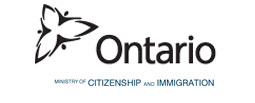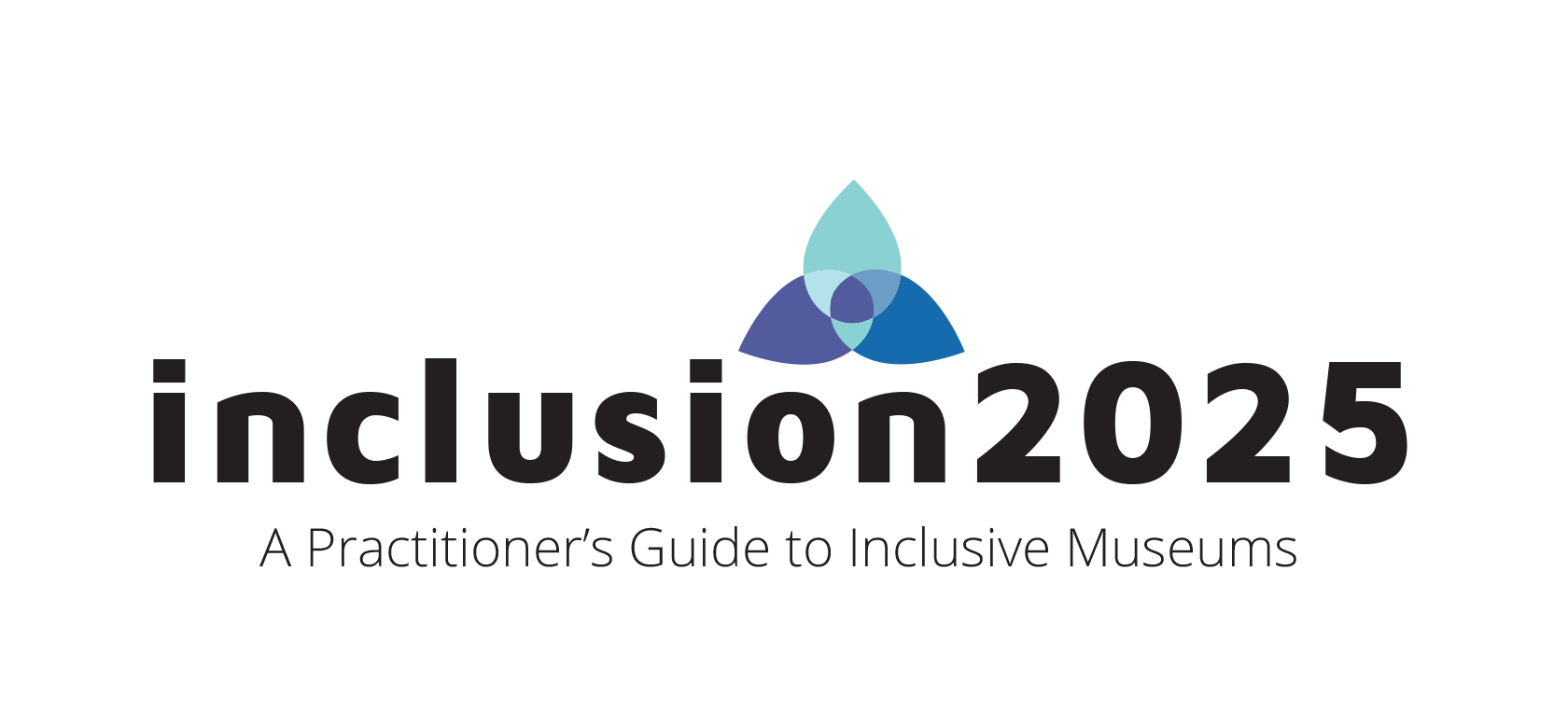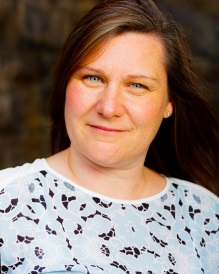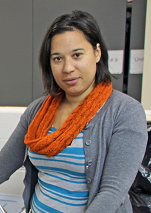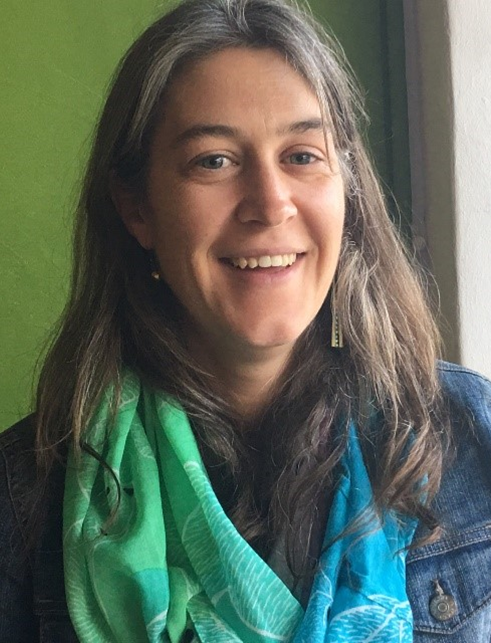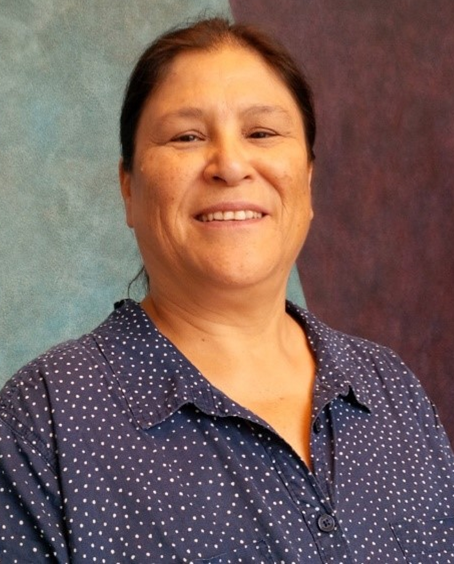Inclusion in Action Case Study: Hamilton Civic Museums
Multi-Layered Collections: Reframing the Whitehern Collection
Hamilton Civic Museums
| Preamble | Our Story | Learnings | Moving Forward |
| Acknowledgements | Contributors | Resources | Dig Deeper |

Whitehern Historic House and Garden National Historic Site is a historic house museum in the heart of downtown Hamilton. The public museum is the former home to three generations of the McQuesten family, a prominent Hamilton family. The interpretation, public programming and exhibition of the site has traditionally focused on the historical elements that make the site significant (i.e. National Historic Site Designation), the intactness of the home and contents, and the accomplishments of the Honourable Thomas McQuesten who, in 1939, was the Ontario Minister of Highways. The home today is restored to 1939.
With this in mind, creating a more inclusive approach to Collections Development within a historic house museum such as Whitehern poses numerous challenges. Institutions often have a predefined collecting mandate which can be difficult to balance against inclusive collection practices. Due to this, broadening an organization’s collecting mandate to collect and include materials from underrepresented groups may not always be possible. However, can we re-examine our existing collections to explore additional narratives that we may not be telling?
Objects and collections have complex and rich layers of meaning. These layers can be inherent to the object itself or attributed to it by interactions with our audiences. By understanding this dual nature of object meaning-making, we can and should be exploring both inherent and attributed meanings in a way that pulls back the surface layers to reveal the rich histories of our objects and untold stories. In doing so, our collections documentation should have a mechanism to incorporate this meaning into object records.

The artifacts in the Whitehern collection, which include a virtually intact archive of personal letters, have been used to frame the McQuesten family narrative in a rather traditional way. Both objects and archival material in the collection are used to highlight successes in the family narrative or are used as conversation points for a discussion of fine art. However, we know through the extensive archive of personal letters written by the family that four members of the McQuesten family suffered from varying degrees of what were referred to as 'nervous problems.'
‘Multilayered Collections: Reframing the Whitehern Collection’ looks to re-examine the collections of Whitehern by applying a new “lens” to the objects and records within the collection, which focuses on mental health.
Everyone has lenses through which they view and interact with the world around them. Your lenses can be inherited based on things such as your gender identity, your nationality or your level of ability. Your lenses can also be developed based on things such as your level of education, your political views or your religious views. Finally, your lenses can be behavioural such as the way in which you approach a problem or where you go for information. These lenses are always with us; however, individuals might not be aware that they have lenses or what those lenses are.
The manner in which we catalogue and describe objects in museum collections is frequently influenced by the lens of traditional museum education and training in which we learn to catalogue and describe objects based on their physical attributes such as material type and object dimensions or primary source information such as maker or acquisition date.
In order to challenge the lenses which we applied to the Whitehern collection in the past, it was understood that partnerships were required as a means of moving forward. We recognize that as museum workers, we are not experts on issues of mental health, so as part of this project, we chose to reach out to local mental health organizations to assist us in reframing the collection.
Partnership Goals:
- Partner insight and additional artifact information for specific artifacts in the Whitehern collection;
- Partner assistance in developing an inclusive language for discussing mental health and its relationship with the objects;
- Partner assistance in developing new catalogue records;
- Development of new field in City of Hamilton Collections Management software to capture a more inclusive description of the artifact.
‘Multilayered Collections: Reframing the Whitehern Collection’ offered an opportunity for our organization to engage with outside partners to re-examine our existing collections and to create a mechanism within our collections management database to capture information that goes beyond the physical description of the artifact. We were able to seek input on what type of information outside users would like to see in the collections records as well as the type of language they would like to see used in collections records.
Partnerships – Canadian Mental Health Association Hamilton Branch (CMHA)
Working with staff from the Canadian Mental Health Association (CMHA) Hamilton Branch, we set out to explore individual objects and archival documents from the collection of Whitehern Historic House and Garden. We focused on the mental health narrative and the material culture which spoke most directly to the family’s mental health. CMHA staff were toured around the site and given access to the collection in order to assist us with reframing our narrative and adding additional information to the artifact record.
Outcomes
Our partners from the CMHA provided the following insights and additional artifact record information:
- Overcoming the stigma of mental health through artifact focused discussions which demonstrated how we as staff project our own fears around discussing the McQuesten family issues, for example by museums staff not discussing a book which had several underlined passages referring to suicide.
- CMHA reframed how staff interpreted the archival letters by demonstrating the language in the letters not as oppressive or shameful but as demonstrating resilience, support and caring for the individual family members.
- Mental health challenges have no boundaries and anyone, regardless of socio-economic status, age, gender, religion, culture or ability can be affected.
- Artifacts provide an opportunity to engage with visitors in a positive manner to discuss a contemporary issue by creating a connection with the McQuesten family’s mental health issues and those that people have today.
Additionally, CMHA provided assistance in developing an inclusive language by:
- CMHA staff assisted in developing inclusive language when referencing archival letters such as resilience, support and caring.
- Shaping language around discussing suicide such as not using the phrase committed suicide, which implies a crime has been committed to ‘died by suicide’.
- Guiding how staff might address issues of institutionalization by not using terms such as “family locked her up and threw away the key” to “family kept her home for as long as they could until they no longer had the capability to provide her with the care that she needed”.
One of the observations that staff from CMHA noted is how openly the family discussed their mental health challenges in their letters which they found to be unusual for a family in the nineteenth and early twentieth centuries. This observation represents a drastic shift in the way we view the family attitude towards mental health. Previous narratives at the site focus on the family’s reluctance to speak about their mental health challenges in the public sphere as being indicative of their shame. This new point of view offered by CMHA indicates a reluctance to talk about these issues in the public sphere as being more indicative of nineteenth and twentieth century social norms than being indicative of the family’s own shame around the subject.
The Hamilton Civic Museum’s collections management software Proficio provided the ideal platform for adding additional information. As well the platform will soon have a visitor facing capability making these records accessible to a larger audience.
With support from the CMHA we were able to build more comprehensive and inclusive database records. The information that our partners provided us as part of our sessions is invaluable and in order to ensure that this information is accessible, we needed to ensure that it was appended to the digital collection records appropriately. Ultimately, the field chosen needed to be easily accessible so that information was not buried within the record, as well as searchable for anyone researching the collection.

 |
 |
 |
|
Learning #1 People want to engage, but you may need to guide them as to how. Our collaborative partners at the CMHA were fully engaged with the history of the site and the stories of the family. The opportunity to engage directly with artifacts was a positive experience but one which our partners shared as being, ‘nerve-wracking at first’. With guidance from our conservation staff, our partners gained confidence for engaging directly with history and provided valuable insight on individual items as well as on the collection as a whole.
|
Learning #2 Our recording methods for the session held with our partner organization focused on the collection of information surrounding specific artifacts within the collection. The tour of Whitehern and subsequent discussions resulted in valuable information about the importance of the collection as a whole, and as we had not fully anticipated this, we had no formal method for capturing this information. Our partners spoke of the incredible resilience of the McQuesten family in the face of mental health challenges and the manner in which the family banded together to support each other and it would have been beneficial for us to have a method to capture this discussion. Going forward, we would recommend that a means for capturing this information be developed; whether in writing via a scribe or by permission from the partner organization to record the session.
|
Learning #3 Be prepared for staff fear. As part of this project, we knew that going forward we would need a change management approach to developing inclusive practices. Even with this knowledge, we weren’t prepared for some of the fear from staff surrounding the inclusion of mental health narratives at Whitehern. Particularly, fears around the re-interpretation of history were voiced by some. It was necessary to communicate that the aim of the project is not to reinterpret history but rather, to tell a more complete version of history by incorporating narratives that have previously been omitted from the site interpretation and the collections records.
|
We carefully chose our partner organizations because they are leaders in mental health care in the Hamilton community. Unfortunately, St.Joseph’s Health Care Addiction and Mental Health Services was not able to participate within the time frame of this project. However, we still believe it is vital that staff from St. Joseph’s engage with the Whitehern collection and so we will be hosting a session with staff from Addiction and Mental Health Services as a follow up to our pilot project in March of 2018.
We hope that our pilot project has provided an opportunity for us to create lasting partnerships with our partner organizations. In 2018, Whitehern will be partnering with the Canadian Mental Health Organization to support their ‘Shine Green for Mental Health Week’ campaign by shining a green light on Whitehern Historic House. Work will continue in updating the records in the collections management software.
Using the material from this project, staff at Whitehern will be trained to discuss the families mental health challenges in a constructive and inclusive manner leading to better public programming. Additionally, public programming partnerships will be followed up with towards the fall of 2018 with partner organizations such as speaking engagements with high school students to discuss the McQuesten families’ mental health challenges.
Our work in 2018 will look towards creating a museum wide strategy for adopting more inclusive practices for all Hamilton Civic Museums.


Special thanks to Jill Dennison and Craig Marenick from the Hamilton Branch of the Canadian Mental Health Association for their willingness to participate in this project, for their enthusiasm and for their insights into the Whitehern artifact collection.
Special thanks to Tom Minnes and Daryl MacTavish for sharing their insights and knowledge of the McQuesten family to help inform this project.
Special thanks to Richard Barlas, Curator Collections, City of Hamilton.
Special thanks to Itxel Castro-Soto for assisting with artifact handling at the CMHA session.
|
Advocate
|
SONIA MRVA Curator, Hamilton Civic Museums Sonia is responsible for the management of cultural heritage resources for the City of Hamilton. Her most recent work includes the Downtown Built Heritage Inventory Project, a cross departmental initiative between the Heritage Resource Management section and Cultural Heritage Planning. This project was a departure from traditional built heritage inventories through its inclusion of the community in developing an understanding of the value placed on heritage resources. Sonia believes that the inclusion of community is critical in developing a better understanding of the role Museums plays in our society. Prior to her current position, Sonia held Curatorial positions at both Whitehern Historic House and Garden and Dundurn National Historic Site. Sonia has a Bachelor of Arts, History with post graduate work in Museum Studies, Cultural Management and Leadership. |
|
Catalyst
|
ROBERTA SEALY Conservator, Hamilton Civic Museums Roberta holds an Honours B.A. in Studio Art from McMaster University and a Diploma in Collections Conservation and Management from Fleming College. She is also currently working towards completing a certificate in Emergency Management from the Justice Institute of British Columbia. She has been with the Hamilton Civic Museums since 2009, working part-time as a Collections Assistant and Historical Interpreter. In 2010, she joined the section full-time as a Conservation Technician and then in 2016 took on the role of Conservator for the Museums. |
|
Advisory Committee Member
|
Advisory Committee Member
|
|
Associate Professor and Director, Museum Studies, Faculty of Information, University of Toronto |
Collection Coordinator, Canadian Museum of History |

Guide to Collections Development and Questionnaire
- Museums, Migration and Cultural Diversity: Recommendations for Museum Work, 2016
- Including Museums: Perspectives on Museums, Galleries and Social Inclusion
- From Disciplinary Control to Co-Creation - Collection and the Development of Museums as Praxis in the Nineteenth and Twentieth Centry
- Excellence and Equity: Education and the Public Dimension of Museums
- Royal BC Museum and Archives Official Response: Regarding the Truth and Reconciliation Commission's Calls to Action
- Beyond Diversity: a Deeper Focus on Race and the Museum
- Significance 2.0: A Guide to Assessing the Significance of Collections
- 'Access for All' Toolkit: Enabling Inclusion for Museums, Libraries and Archives
- National Standars for Australian Museums and Galleries - V.1.5, Part B: Involving People
- Collections Trust: Revisiting Museum Collections (A toolkit for capturing and sharing multiple perspectives on museum and gallery collections)
- Collections Trust: Revisiting Museum Collections with Young People and Community Groups

This resource was made possible by the generous support of the Ministry of Citizenship and Immigration Partnership Grant Program.
